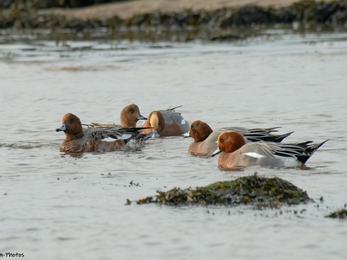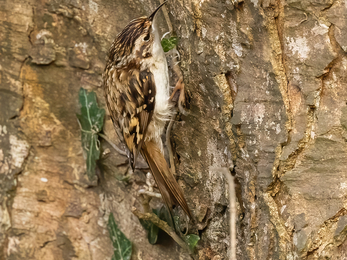Heysham
Kittiwake
Kittiwake are elegant sea-loving gulls with silvery-grey colouring above, and white below, with a white head and black wingtips. Young birds have a black 'W' across their wings and back, a black neck-collar and a black band on their tail.
Named after their 'kittiwake' call, they have been spotted swooping over Heysham and enjoying the peace and quiet over Christmas.




















